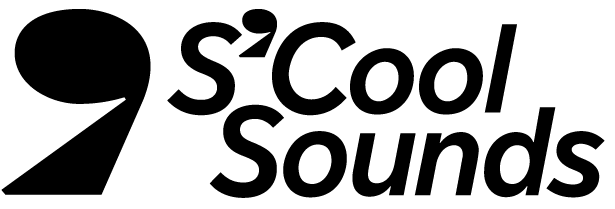CUBA
Lesson 1
Teaching Artists: Juan Manuel Trujillo, Hery PazSUMMARY
This is the first lesson from the Alegría Musical Course. Students will visit the island of Cuba with puppets Pepe and Tito to learn about the traditions of Son Cubano and rumba music. Then they will sing the chorus of “Guantanamera,” and clap clave rhythms and musical patterns.
OBJECTIVE
Summarize important information about the culture and geography of Cuba.
Identify and perform the Son Cubano and rumba clave.
MATERIALS
Adaptive instruments: hand clapping, foot tapping or mouth clicking
Son Cubano and Rumba
EXPLORE
Display Google Slides: Cuba. Distribute the Alegría Musical: Latin American Stories Travel Diary and allow students to personalize it. Tell students they will use the diary as they travel through Latin America with puppets Pepe and Tito, drawing and recording important facts about another culture.
Play the All About Cuba video and remind students to remember geographical and cultural elements they learn. Ask: Where is the country located on a map? What are the most important regions you saw in the video? What foods do people eat? Is there a national sport?
Allow time for students to draw and write in their diary, recalling information they learned from the video.
LEARN
Introduce students to Rumba Music and El Cuarto De Tula. Ask students to raise their hands if they remember whether rumba music includes: a) percussion - yes; b) acting - no; c) dancing - yes; d) singing - yes; e) cooking - no; f) guitar - no. Explain that both rumba music and dance were forms of protest. Ask students: What does it mean to protest? Explain that countries such as Cuba, the United States, and many others around the world have suffered from inequality for hundreds of years. People protest and fight for equality by expressing their feelings through music, songs, and dance.
Explain that Son Cubano and rumba are styles of music that come from Cuba, and that styles of music can be compared to cuisines. Ask students to list their favorite cuisine or type of food. Once a student suggests a familiar cuisine such as Italian or Japanese, ask students to brainstorm different types of dishes that we associate with that cuisine. (For example, Italian food includes pizza, pasta, and gelato. Japanese food includes ramen, dumplings, and sushi.) Show students elements of Cuban cuisine and note the various kinds of foods: Arroz con Pollo, Cuban Sandwich and Ropa Vieja. Explain that much like different types of dishes that come from Cuba, there are also many types of music. Some examples are Son Cubano and rumba–two musical dishes from the same country! Listen to two samples of Cuban music that belong to the styles Son Cubano and Rumba.
Access the Guantanamera Lyrics and ask students to repeat each word back to you, one word at a time. Once all words in a sentence have been spoken aloud with confidence, ask students to repeat the entire phrase. Repeat for each phrase until all sentences are spoken successfully. Then play Guantanamera and ask students to use the words they have just learned to sing the song as an ensemble.
PERFORM+SHARE
Create a one minute video of the class singing “Guantanamera” as an ensemble. Share the video at the S’Cool Sounds Padlet.
Tell students to get their diary ready for the next lesson, which is a visit to Mexico.

